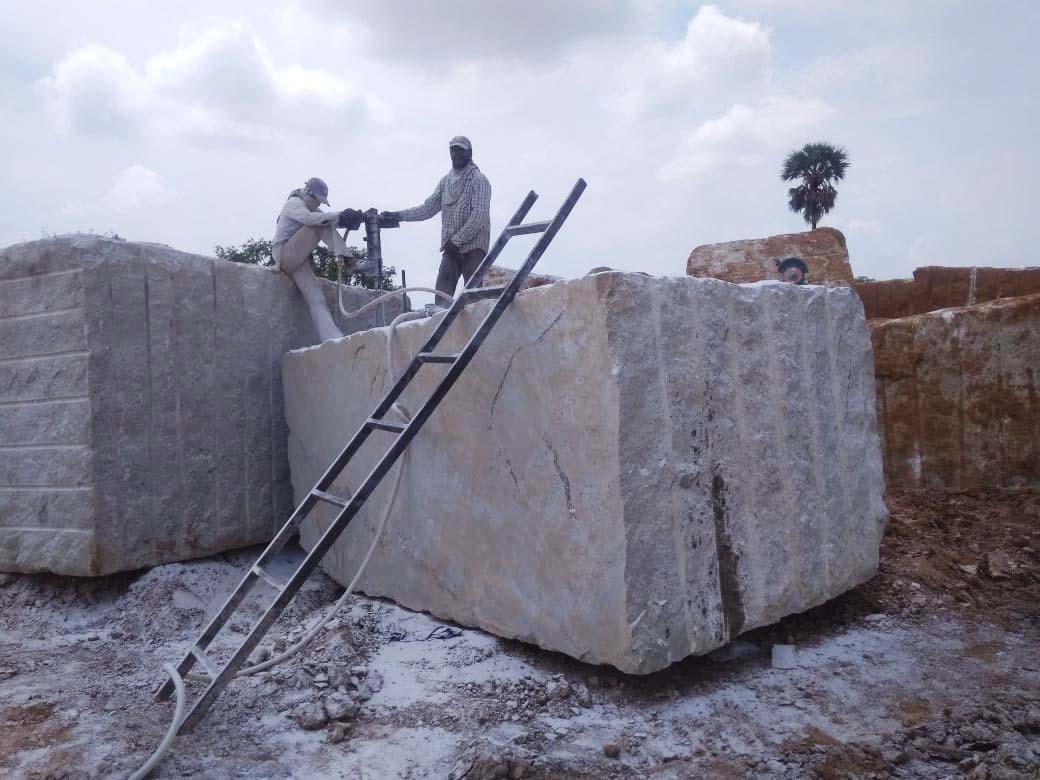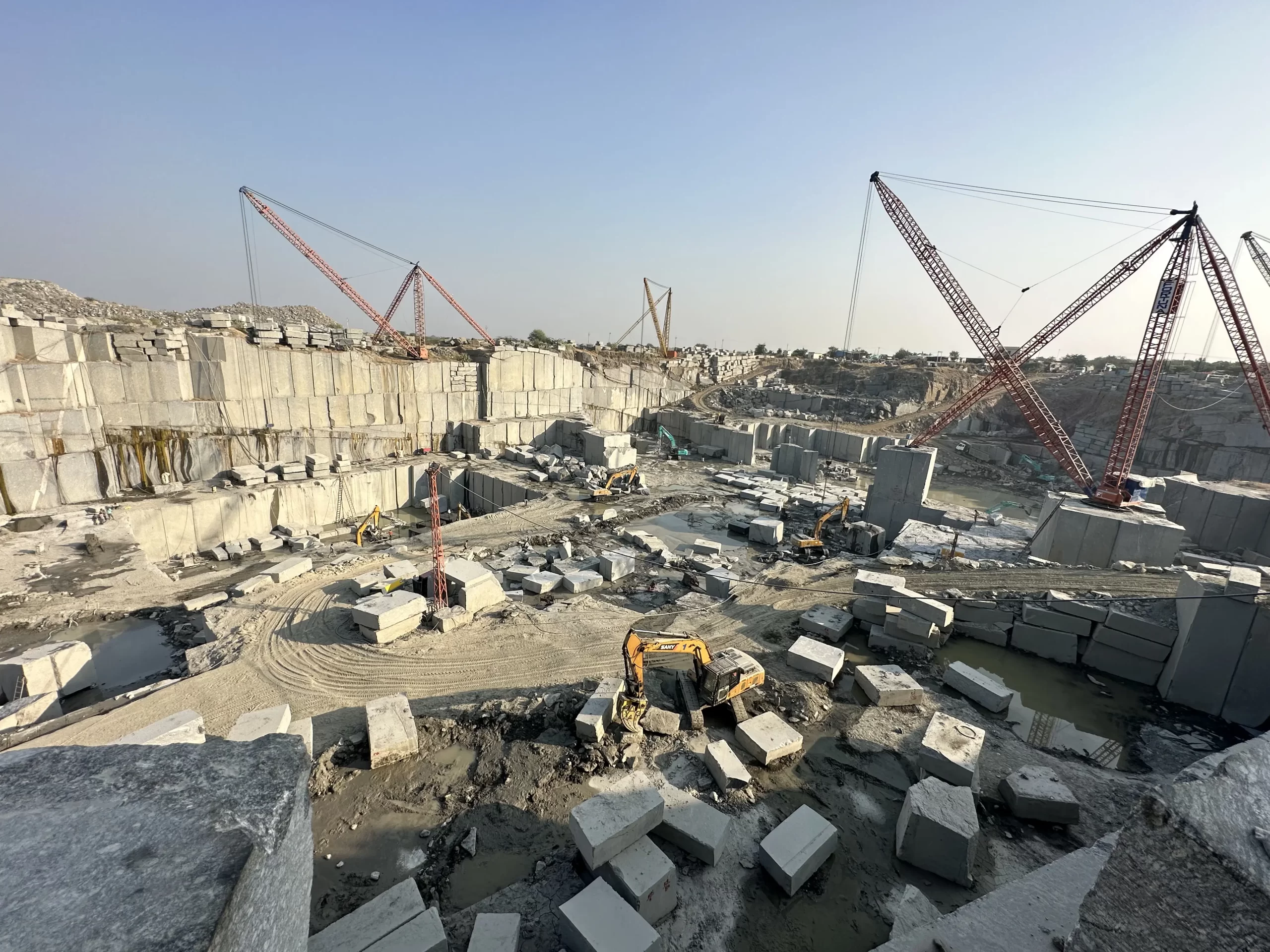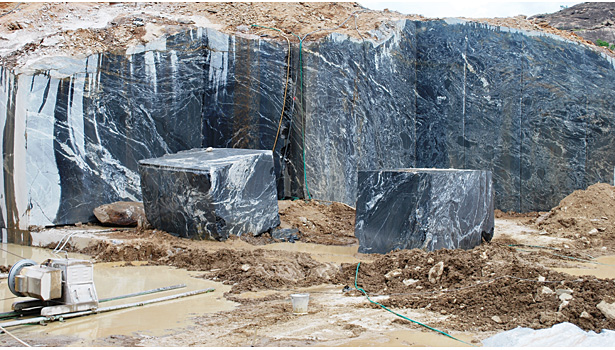Journeying With Granite Quarries in South Africa: A Visual Odyssey
Journeying With Granite Quarries in South Africa: A Visual Odyssey
Blog Article
Introducing the Mysteries of Granite Quarrying: Where Toughness and Sophistication Meet
The world of granite quarrying is a realm where the raw strength of nature merges with human virtuosity to create frameworks that stand the examination of time with an air of style. From the midsts of quarries to the careful polishing in workshops, the process of changing granite into architectural wonders is a complicated dance of tradition and technology. As we peer right into the depths of this old craft, we start to uncover the hidden details that shape the very significance of our developed environment.
The Beginnings of Granite Quarrying
In the annals of building history, the beginnings of granite quarrying are shrouded in a tapestry of ancient craftsmanship and geological wonders. Dating back to old Egypt and Mesopotamia, the extraction of granite from quarries noted the beginning of a trip that would ultimately lead to the development of some of the globe's most renowned frameworks.
Granite quarrying's roots can be mapped to the proficient artisans that recognized the rock's resilience and visual appeal. With a combination of primitive tools and large determination, these very early quarry employees discovered granite blocks that would certainly become the structure blocks of people.
As civilizations advanced, so did the strategies of quarrying granite. The Romans, renowned for their design expertise, created advanced methods for extracting granite to build monoliths, temples, and roads that stood the examination of time.
The legacy of these ancient quarrying methods proceeds to shape contemporary design, with granite continuing to be a symbol of stamina and style in construction projects around the globe. (granite quarries in south africa)
Devices of the Quarrying Profession
The advancement of granite quarrying techniques from ancient people to modern-day times highlights the crucial function played by the devices of the quarrying sell forming the sector's techniques. In old times, quarrying tools were basic, typically including knives, hammers, and wedges made from products like bronze or iron. These devices called for substantial workforce and time to remove granite obstructs from quarries.

Furthermore, the intro of pneumatically-driven devices and high-powered machinery has substantially lowered the physical labor required in quarrying operations, improving employee safety and security and performance. As the quarrying sector remains to innovate, the tools of the trade remain at the leading edge of driving development and forming the future of granite removal.
Drawing Out Blocks of Granite
Making use of precision equipment and progressed techniques, the removal of granite obstructs from quarries has come to be a sophisticated process in the modern-day quarrying sector. Managed blasting strategies are then utilized to damage apart the granite right into workable sections.

Sprucing Up and Completing Strategies
To accomplish a perfect surface area on granite blocks, skilled artisans utilize a collection of thorough sprucing up and finishing techniques. After the initial extraction and shaping processes, the granite obstructs go through a detailed polishing phase to enhance their natural beauty and sturdiness.
In enhancement to sprucing up, ending up strategies are put on more improve the granite's look. These strategies might consist of flaming, refining, or cleaning, each offering special appearances and coatings to fit various aesthetic preferences. Flaming, for example, involves subjecting the granite surface to high temperatures to create a rough, textured finish, perfect for outside applications where slip-resistance is necessary. Honing, on the other hand, offers a matte coating my site that is smooth to the touch, excellent for interior kitchen counters and floor covering. By very carefully choosing and applying these brightening and completing strategies, artisans can change raw granite blocks right into elegant items that showcase both strength and style.

Environmental Impact and Sustainability
With the growing emphasis on ecological awareness in the sector, granite quarrying techniques are significantly looked at for their effect on natural deposits and long-term sustainability. Quarrying for granite can have significant ecological effects. The removal process frequently involves using hefty equipment, dynamites, and large quantities of water, bring about environment destruction, soil disintegration, and water contamination. Additionally, the transport of granite from quarries to refining facilities creates carbon exhausts, even more contributing to ecological deterioration. granite quarries in south africa.
To minimize these effects and make certain sustainability in granite quarrying, market stakeholders are adopting different measures. Carrying out advanced innovations to reduce energy intake and water usage, recovering quarried land for ecological remediation, and advertising responsible sourcing methods are some methods being used. Additionally, qualifications such as the Forest Stewardship Council (FSC) and the Leadership in Power and Environmental Layout (LEED) help consumers recognize environmentally friendly granite products.
Final Thought
To conclude, granite quarrying is a process that needs specialized tools and techniques to extract blocks of granite and polish them to a high degree of coating. While the ecological influence of quarrying can be substantial, initiatives are being made to enhance sustainability practices in the industry. Overall, granite quarrying is a delicate equilibrium in between taking advantage of the great post to read stamina and beauty of this natural rock while decreasing its influence on the atmosphere.
Report this page